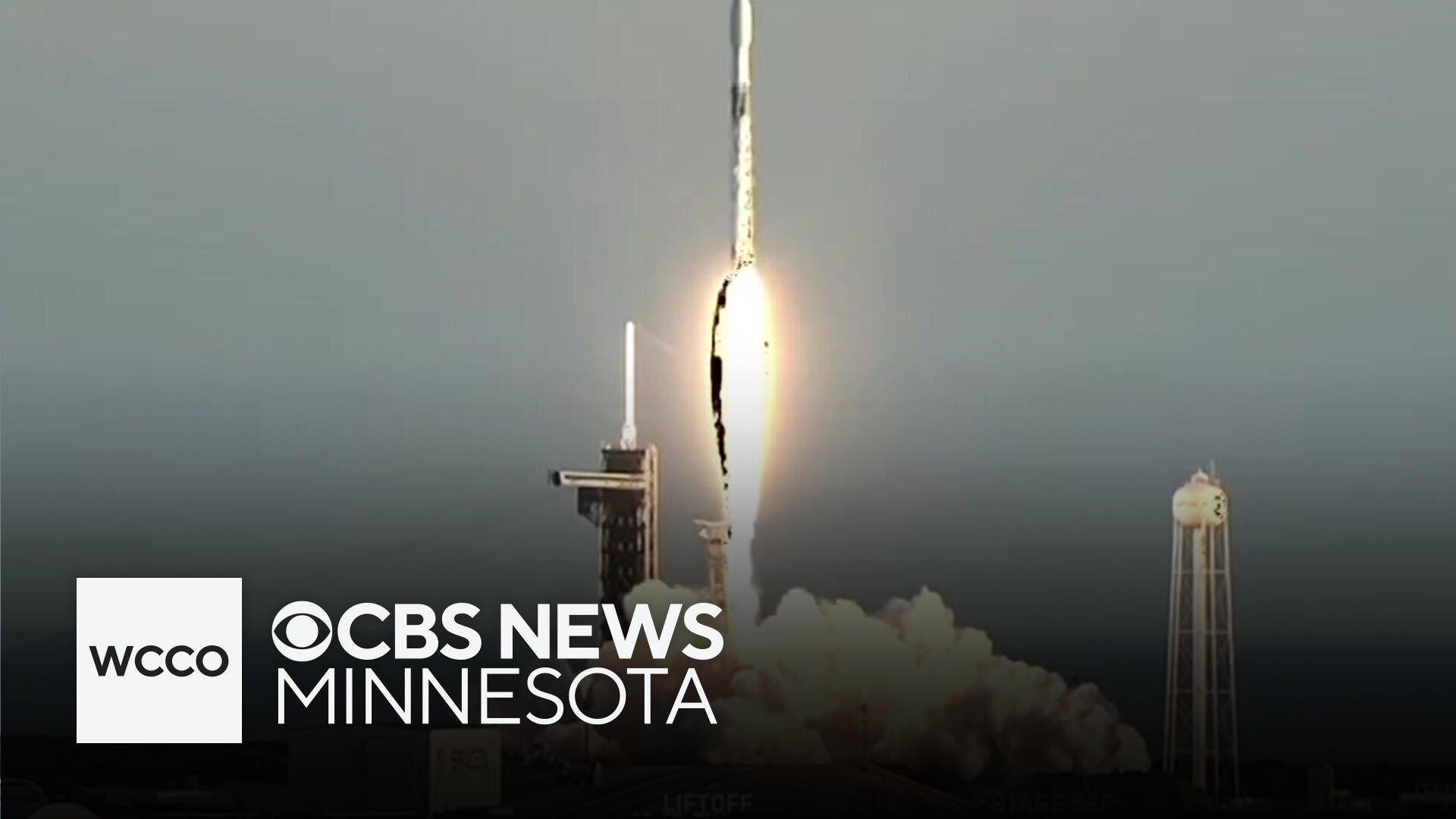New NOAA satellite launches into space to monitor solar storms
A new National Oceanic and Atmospheric Administration satellite is on its way to space after launching from Kennedy Space Center Wednesday morning.
Hitching a ride with two NASA research satellites, NOAA's Space Weather Follow On satellite, or SWFO-L1, is on its way into orbit.
"While we have weather satellites in geostationary orbit and in low Earth orbit, this is the start of us having a continual presence at the LaGrange Point One for space weather forecasts, said Richard Ullman, acting director of NOAA's Office of Space Weather Observations.
That special L1 point sits about a million miles away allowing the satellite and its tools to watch for potentially dangerous solar storms well before they reach Earth. Not only are there better instruments onboard, but Ullman said they'll be able to get that data faster.
"For operational forecast, time is the essence. It's not a luxury. It's it's a must-have. And what that means is that we can get sooner, better predictions on what weather is coming towards us."
He said that advantage will help forecasters warn when there could be power grid, GPS or high frequency radio impacts. And given where we are in the solar cycle, the extra eyes are needed.
"Strong storms actually happen more often on the downward slope of of the of the solar cycle than on the upward slope. And so yeah, we could look forward to several years of aurora as that as that cycle winds down."
That means more chances for us to see the northern lights in the coming years.
The satellite is scheduled to reach its new home in January and will become operational in the middle of 2026 after testing.

